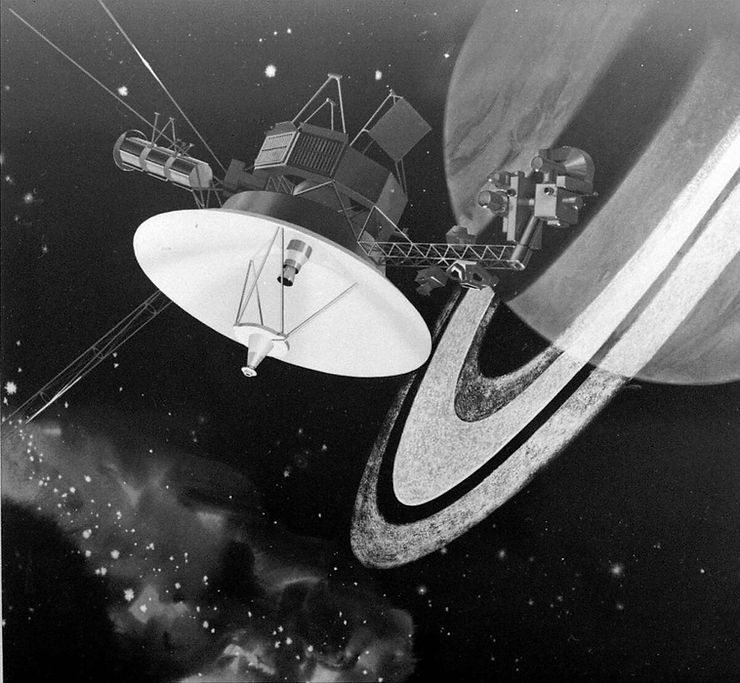By: Haolun Zhang
Voyager 1 and 2 have been in space for over 40 years since their launch in 1977. Both have broken multiple records, achieved many firsts, and, most remarkably, arrived in interstellar space in 2012 and 2018, respectively.
Voyager 2 of the twins was the one chosen for the Grand Tour: it was the first to explore Jupiter, Saturn, Uranus, and Neptune, capturing images of them that scientists could never have imagined.
These twins were the first to escape the heliosphere, a sphere created by the sun, thus exiting from our solar system.
As of April 2020, Voyager 1 is at a distance of 22.3 billion kilometers (149.0 AU) from the Sun. Voyager 2 was at a distance of 18.5 billion kilometers (123.6 AU). Voyager 1 is escaping the solar system at a speed of about 3.6 AU per year. Voyager 2 is escaping the solar system at a speed of about 3.3 AU per year.
Slowly, the plutonium power source aboard the Voyagers shall run out, but scientists have been cleverly conserving the energy, and according to NASA officials, they have also activated an emergency power source.
Currently, Voyager 2 only has 5 operational instruments on it, and one was scheduled to be deactivated this year, but due to the emergency power, the deactivation was delayed until 2025.
Both of the spacecraft carry a golden plaque that displays sounds and images of life on earth, just in case in the most distant future intelligent beings in the universe find the Voyagers after they are decommissioned.
NASA scientists wish for the Voyagers to reach their 50-year milestone, and are fascinated by the statistics they send back (the camera has been deactivated). Eventually, say NASA scientists, the Voyager twins shall travel indefinitely in space, wandering in peace.











